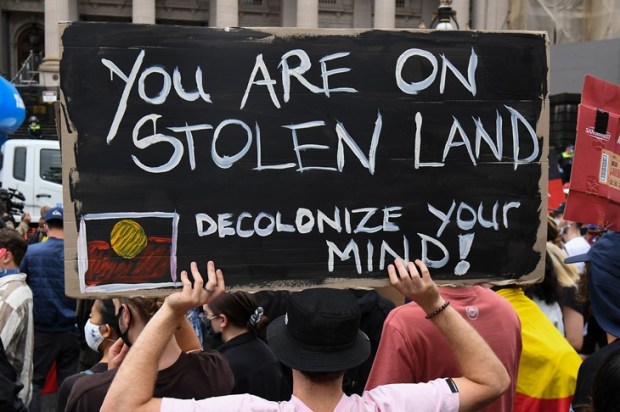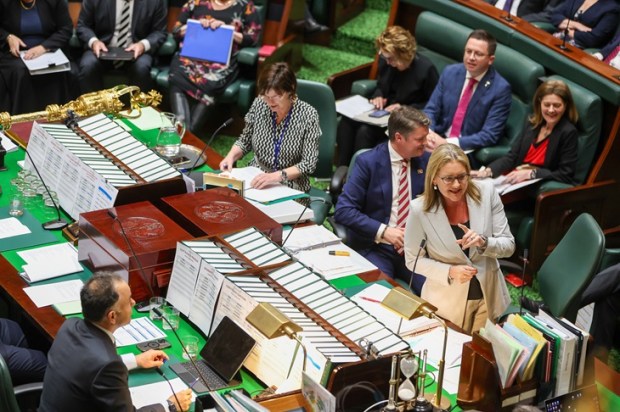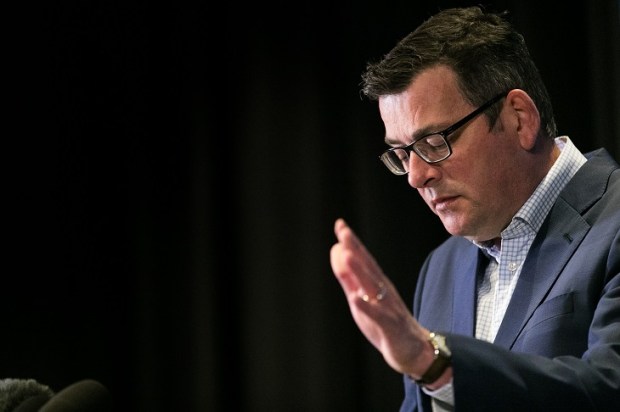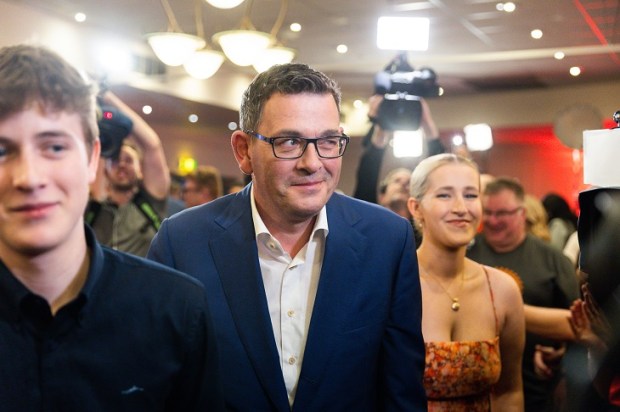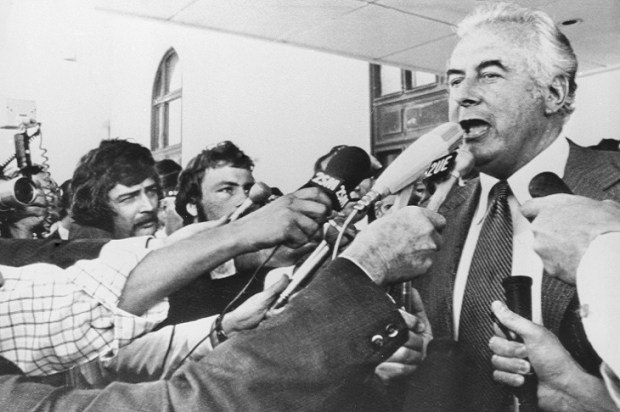35 years ago there was a push within the Victorian Liberal Party to improve the lot of both state and federal Liberal MPs – at the expense of party members. By chasing efficiency, the party’s leadership misunderstood the consequences.
A letter in September 1987 on behalf of the Executive foretold of changes to branch expectations.
‘Branches … must think deeply about whether or not MPs speaking at branch meetings is the best use of the time of the MP and the branch members.’
The letter outlined a plan to ask branches in each Legislative Council seat to meet every two months as a group. ‘This would mean bigger meetings … it follows that some branches may wish to make the multi-electorate meetings a function instead of their monthly branch meeting.’ (i.e. Are branch meetings worthwhile at all?)
Not much happened for the next 20 years, if only because the then State Director, who was attracted to this idea, became an MP at the 1990 Federal Election. He remained so for over a decade. Having lost one of the key proponents of this proposal, it lapsed until he came back to the Executive as State President. He instructed a Party Committee to find a way to restructure the party in a more drastic way than was discussed in 1987.
The updated plan was to remove all the power and privileges from each branch and transfer them to Electorate Committees covering every federal and state electorates. Supporters of the plan attended multiple branch meetings throughout Victoria outlining the new measures and apparently left little room in their presentations for debate.
In each branch there have always been six office bearers – a President, male Vice-President, female Vice-president, Secretary, Treasurer, and Membership Officer.
In former days, an electorate with ten branches would have had 60 proud office bearers living and working in their local community.
That number in each electorate shrunk to six overnight.
In one fell swoop the Liberal Party in Victoria changed its nature so that it could no longer be an effective political organisation. With fewer members, fundraising has suffered in a big way. Not to mention the difficulty in finding volunteers to man booths on election day or distribute advertising or help with door-knocking.
Countless people drifted away from political engagement. The membership was faced with the realisation of the demise of meaningful involvement by the Branches in party preselections, and the right to have a say in who should be elected to important decision-making committees.
All this was replaced by the formation of Electorate Committees made up of delegates from the Branches and party members who could register directly as a member of the new Committees. Some local party members have been scratching their heads ever since wondering why HQ is so surprised that the Liberals have not been winning elections.
The unintended consequences of giving power to the Electorate Committee have ranged from delegates not actually knowing very much about candidates from another district, to animosity between the members of different branches vying for the limited opportunity to be involved in important party business.
Members of Parliament were by and large happy to have less branch involvement. In many cases they encouraged branches to accept the changes.
These reforms were ‘achieved’ in a period when the committee charged with making the case for the reforms, had only two members representing rural electorates. One left in disgust early in the process, leaving a solitary voice for country members.
That person told me recently that when they explained that the consequences of these changes would most likely be catastrophic for rural seats the committee was told that Liberal country members would just have to wear it.
And wear it they have. Instead of having local branch meetings with people who live nearby, members in Portland, for example, are sometimes expected to attend meetings in Geelong or even further east. This means they don’t go. It has also meant that local people have not been as involved as used to be the case.
It is of more than passing interest that in 2018 the Andrews government in Victoria introduced new rules about public funding for political parties. Included in the changes were provisions for registered political parties to be paid taxpayer funds to be used, inter alia, for ‘administration expenditure funding (AEF) … and/or policy development’.
This nourishment is in addition to public funding for electoral expenditure for campaign costs, travel, advertising, and election campaign staff. The Victorian Electoral Commission (VEC) has estimated that on the result of the 2022 State Election this amounted to taxpayers paying out $31 million. The division was roughly in line with the number of seats won by MPs across the board.
This figure was nearly doubled by the reforms of 2018.
But that’s not all.
The Big Jump was the allocation of taxpayer funding for administrative purposes. In 2022, $6 million was paid by the VEC under this category, with the lion’s share going to the ALP. The only other party which was eligible for these funds was the Liberal Party.
These payments were index-linked and the 2018 reforms made them an annual entitlement. In Australia’s ‘communist state’, the VEC has refused to give a sitting MP a precise figure of payments made since the 2018 legislation came into force. Public money hidden from view. The money can be used for ‘administrative expenses, office accommodation, staff, utilities, (and) audit costs’.
In a nutshell, and with inelegant haste after the 2018 Election, Premier Andrews pushed through legislation to smash democratic norms and made it lawful for two political parties in particular to raid the bank holding taxpayers’ money – not just for the cost of electioneering, but to pay for their costs of running a political party. The Climate 200 organisation has estimated that public funding has contributed more than $212 million to the major parties in Victoria over the last election cycle, including $14.4 million in administrative funding. I estimate the last figure is possibly $9 million too low.
Six months ago the Andrews government announced an ‘independent review’ of Victoria’s electoral and political donation system, foreshadowed in the 2018 legislation. A panel was established with a former Liberal Senator, a former ALP Federal MP, and headed by Ms Elizabeth Williams, who was Victoria’s Deputy Electoral Commissioner at the time the 2018 reforms were formulated, passed through the Parliamentary process, and established within the VEC.
Surely an experienced person from Canada or the UK or any other Australian state would have been more appropriate in the days of Zoom?
The announcement was another masterpiece worthy of the Beijing model much loved by all members of the Andrews government. Having been made by the Minister for Government Services (Pearson), we now know that the so-called expert panel Secretariat was housed not in his Department but in that of the Premier.
I rang the Premier’s office to see how I could make an oral submission to the Review, as was offered in public paperwork. The person who answered the telephone tried valiantly to help but in the end to no avail. Seeking to engage electronically with the Secretariat was also too difficult for any person with only basic computer skills. The sole reliance on electronic communication means that the majority of people over 75 are effectively denied involvement in this important sphere because they are unlikely to tackle the job of making a submission.
I wanted to record my disquiet that an independent review could be headed up by a non-independent former government employee who had a huge conflict of interest.
I wanted to understand how the Regulatory Authority, the VEC, could be allowed to make a submission (which it did) about itself and about the area of government administration for which it is responsible. No doubt it was keen to participate on behalf of its employer, the government, to justify to an ‘independent’ panel changes the employer (the government) might want.
In Communist China, the ruling party regards itself as one and the same as the state it controls.
My quest to understand what was going on with the Review met a truly surprising turn when a friend sought unsuccessfully to find out where the Public Forum for the Review was being held. She was told ‘members of the public may watch the Panel’s public forums live online’. How is it that the public is excluded from attending presentations on important matters in a liberal democracy? And guess what? The email was sent by an unnamed (and therefore unaccountable) employee of the ‘Secretariat’.
A further enquiry to the Secretariat, after the hearings had already started, was made requesting recordings promised to the public in the Overview published by the secretive Secretariat. The reply said, ‘We are working through the technical and accessibility requirements of making the (public) forum recordings available online.’
By now I was losing interest as I tried to decide whether it was deliberate or incompetence. I must assume these problems were overcome. I reminded myself of the apathy which is the hallmark of citizens in totalitarian states towards the delivery of services and their role in that delivery.
The other matter which concerned me was the request for the panel to prepare a Supplementary report with the following instructions:
Supplementary report
In addition to matters addressed in the Main Report, you are required to address the following matters in a Supplementary Report:
- The Panel must examine appropriate amendments to the Electoral Act to ensure that major political parties fulfil minimum requirements of party administration to qualify for public funding, which could include requiring:
- payment of party memberships is via traceable means
- mandatory photo ID checks to be undertaken for new members joining a party
- proof of eligibility is provided to hold a concessional membership
- measures that parties must comply with to ensure that appropriate use of the electoral roll and enrolment information.
- The Panel must advise on a minimum threshold in the Electoral Act to determine the major political parties to which the requirements would apply. The threshold could be based on:
- the number of Members of Parliament in a party
- the number of members in a party
- the number of votes that a party has received
- the amount of public funding that a party is otherwise entitled to under section 211 of the Electoral Act
- The Panel may examine and make recommendations in relation to any other relevant matters.
Do these instructions actually mean the opportunity for a government to interfere with the running of an opposing political Party in the same way that the communist world is used to?
The double talk of a totalitarian state comes to mind when the heading of the 11 May Press Release in the name of Minister Pearson referred to an ‘expert panel to strengthen Victoria’s electoral system’!
His parting words on the same release were unequivocal:
‘The panel will address the reforms (of 2018) and consider options to make further improvements. We’ll continue to work to ensure Victorians can have full faith in the integrity of the electoral system.’
How can that happen when no reference is made to the breach of the Victorian Human Rights legislation after the Scrutiny of Acts and Regulations Parliamentary Committee was sold a pup by the government during the passage of the 2018 legislation? The fact that the government’s answer to a request for information by that Committee made no mention whatsoever of two High Court decisions upholding the Constitutional right to freedom of equal communication was to the everlasting shame of the Andrews government.
How can the system allow an unlimited number of Trade Unions to make an unlimited amount of donations, which gave the ALP (their political partner) an unequal opportunity to communicate their messages at the last election? Estimates have been made that the ALP spending on advertising for the last State election was up to six times that of the Coalition.
When a tree has few branches, it eventually finds it difficult to thrive. There are too few leaves left to breathe the air and sustain growth. The fundamental changes to the Liberal Party some 12 years ago left it so hard up for cash that it just fell into line to receive public monies for administration being offered in an undemocratic exercise of power. The Liberal Party may not like Independents, but it should at least fight for a level playing field.
So far the ‘independent’ review has concentrated mainly on arguments about whether or not there should be caps made on donations, expenditure, or both. This appears to be a classic attempt to ignore the black ball in the box.
The real question about having public funding at all has not become a substantial subject of its own in the debate so far.
To start that debate, the concept of giving large grants to political entities for administrative purposes on an annual basis needs to be justified. It is nothing less than a disgraceful raid of the public purse – at a time when the major parties have fewer members and lower winning margins than ever before.


